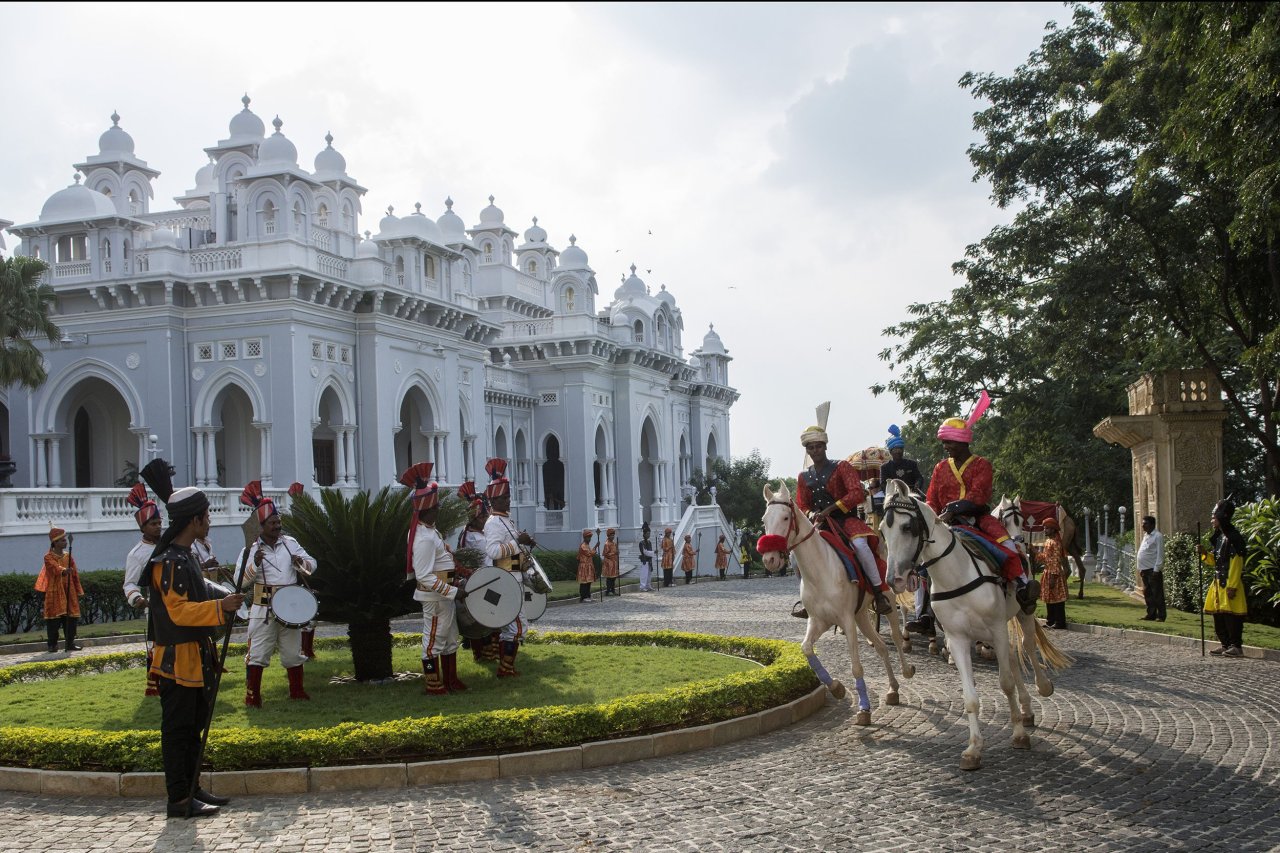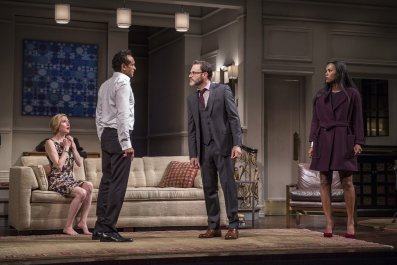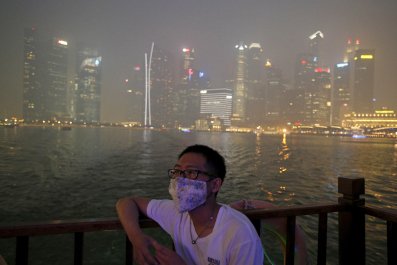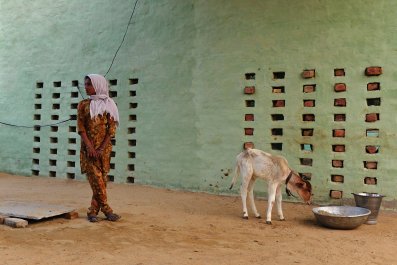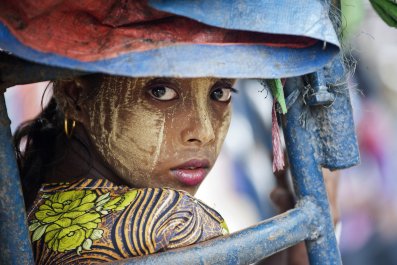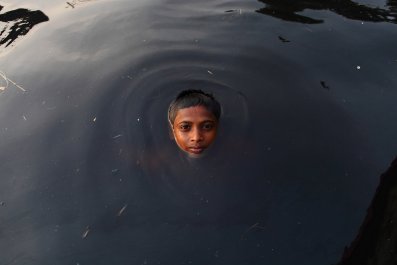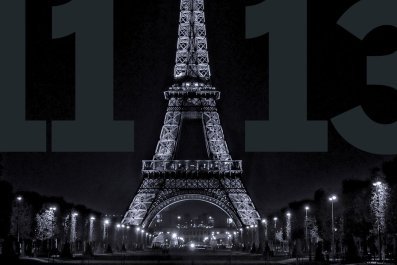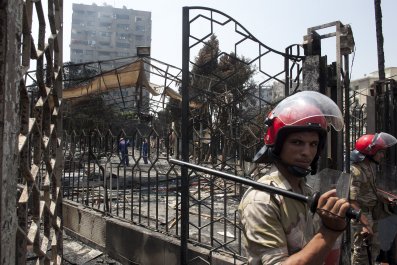One of the greatest benefits of the democratization of travel is the entrée mere mortals have been given to lives and cultures that previously were inaccessible to all but a select few. So it is with Hyderabad's Falaknuma Palace, which in November celebrates its fifth anniversary as a hotel, having spent much of its life as home to India's wealthiest dynasty.
For some 200 years, Hyderabad, in the south of the country on the Deccan Plateau, was the largest and most prosperous of all the subcontinent's many princely states. It was ruled by a dynasty of Muslim Nizams, who were Turkish in origin. This extraordinary palace was built at the end of the 19th century by Vikar-ul-Umra, who became prime minister of Hyderabad, who gave it to his nephew and brother-in-law Nizam VI.
When Nizam VI died in 1911 he was succeeded by Nizam VII, who held that high office until troops from the newly independent Indian government invaded Hyderabad in 1948 and deposed him. This last Nizam appeared on the cover of Time magazine in 1937, billed as the wealthiest man in the world, with a fortune equivalent to $33 billion today. A titular Nizam, Mukarram Jah, succeeded him as the nominal head of the royal family but is believed to have lost much of the family fortune in divorce settlements. He now lives in Istanbul.
Jah's first wife, Princess Esra, later returned to Hyderabad and oversaw the rehabilitation of Falaknuma Palace as project manager for the Taj Hotel Group, which leased the building from the royal family in 2000. The new custodians of the palace opened it as a hotel in November 2010. They had successfully turned the home of the super privileged into a temporary resting place for the merely very privileged—a 60-room luxury property perched high above the chaos of downtown Hyderabad. Falaknuma was built with Italian marble and was designed to resemble the shape of a scorpion. All of the beautifully restored public rooms are open to guests.
On a recent visit, I arrive at the gate, and an elegantly attired driver and footman take me up the mile-long driveway in a horse-drawn carriage, the same form of transport enjoyed by the Nizams' guests in bygone days. Then, as I enter the palace, unseen staff members on the balcony above shower me with rose petals. By the time I've been led through the grand reception area to my suite, I am beginning to develop delusions of grandeur, reinforced by the constant flow of deferential staff offering to address my every wish. It must have been hell being a Nizam.
On my second day, Palace historian Prabhakar Mahindrakar, a tall, thin, somber man, takes me on a tour of the public rooms. He explains how Falaknuma was boarded up by the early 1950s and says that in the decades that followed the lavish furnishings disintegrated, cobwebs the size of mattresses covered the rooms, and dust and dirt piled up everywhere.
We walk up the marbled staircase with carved balustrades supporting marble figurines, past walls covered with portraits of British aristocrats who had been guests here at the end of the Victorian age; through the Jade Room, with its exquisite parquet floor and matching painted ceiling; and through halls scented with a perfumed oil called ittar—a favorite of the Nizams—to the Bar Room, dominated by a pool table that is an exact replica of the one in Buckingham Palace.
And then to the Durbar ballroom, dominated by enormous Venetian chandeliers (Falaknuma has 40, the largest collection in India), and finally to the dining room, which boasts one of the world's longest dining tables; in the heyday of the Nizams, it seated 101 guests. As we end the tour, Prabhakar turns to me and says, almost conspiratorially: "Princess Esra made sure every detail was correct. This is precisely how the Nizams lived."
I spend the next few days living like a Nizam, dining on lamb biryani at the palace's restaurant, leafing through a few of the 5,000 books in the teak- and rosewood-lined library, and playing a frame of snooker on that pool table. From this vantage point high above the city, I look down on the bustling urban sprawl that is modern Hyderabad and reflect on the privilege of staying in a hotel that is a living museum. In modern democratic India, the era of the Nizams feels very long ago, but for a brief moment here I feel I have been given a gift fit for a prince: a brief journey back in time—well, almost—to that strange, extravagant period of Indian history.
Graham Boynton traveled with Greaves India (GreavesIndia.com), which offers a four-night Hyderabad tour, including accommodation at Taj Falaknuma Hotel, private transfers, sightseeing and return flights for $2,441.



